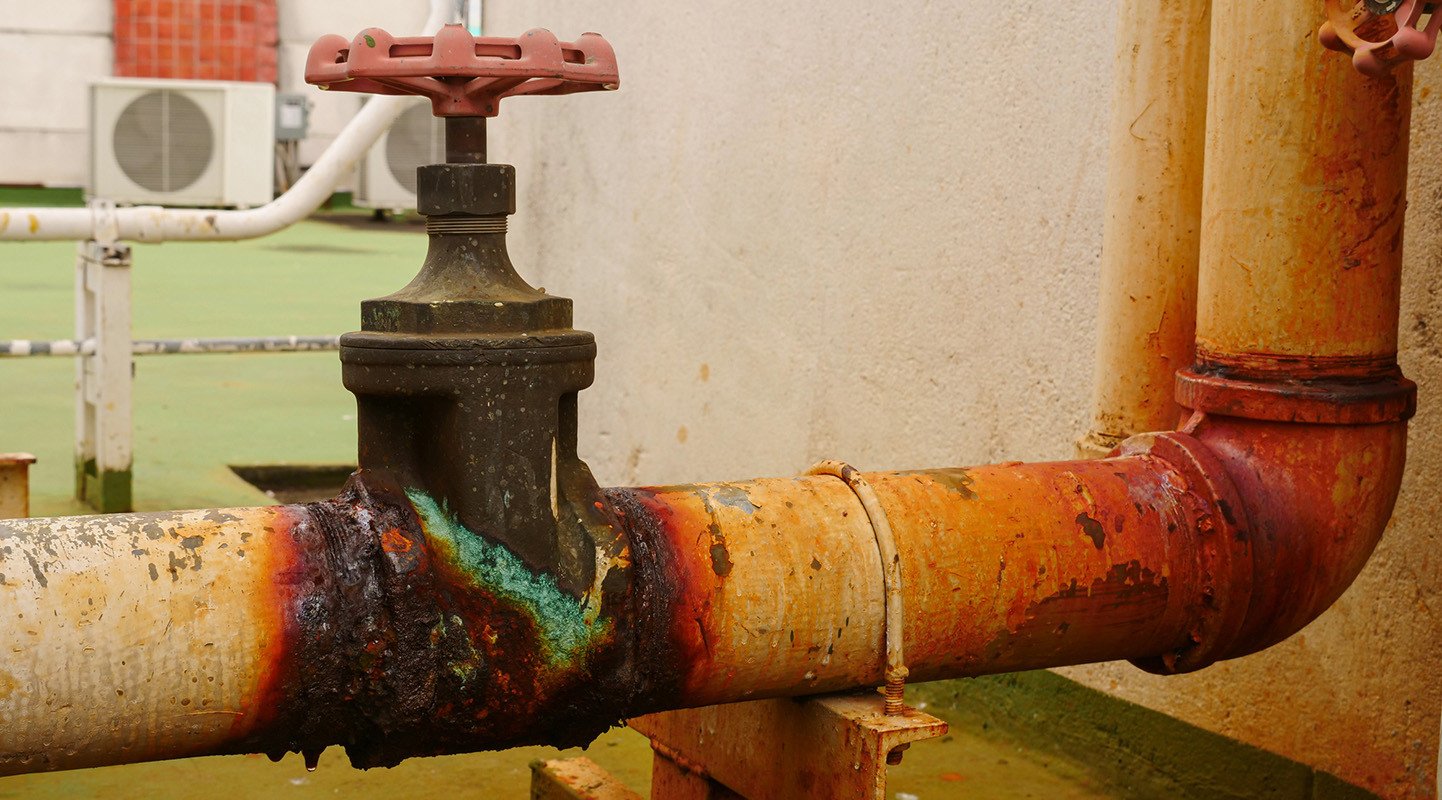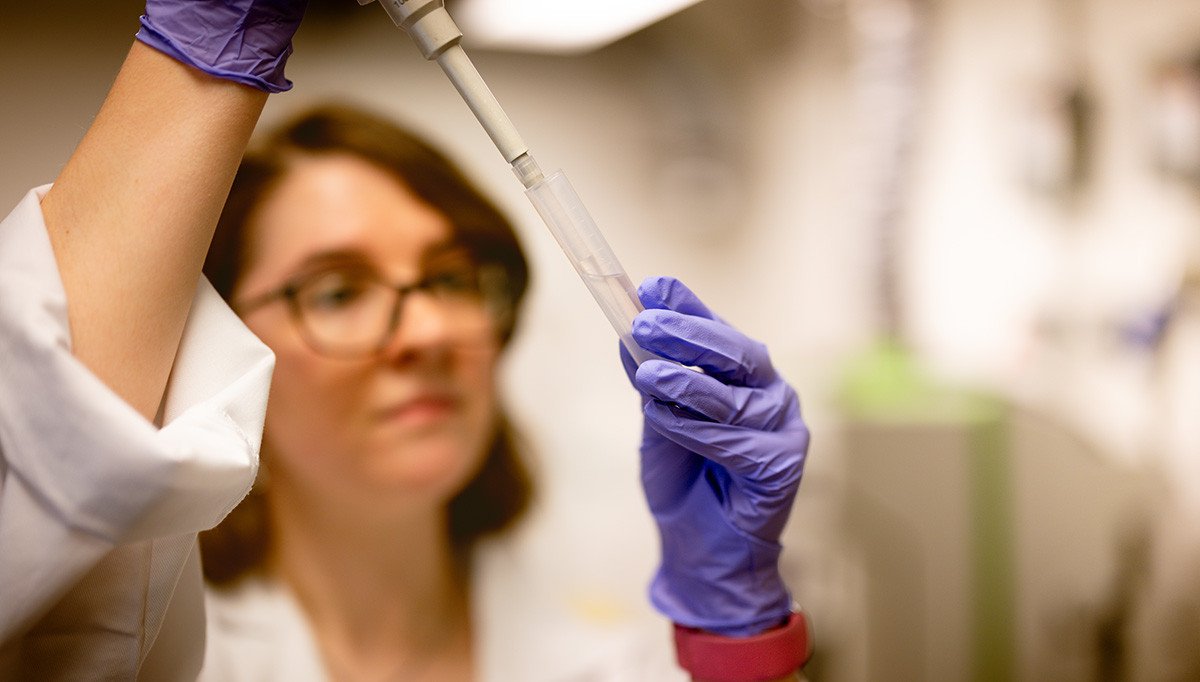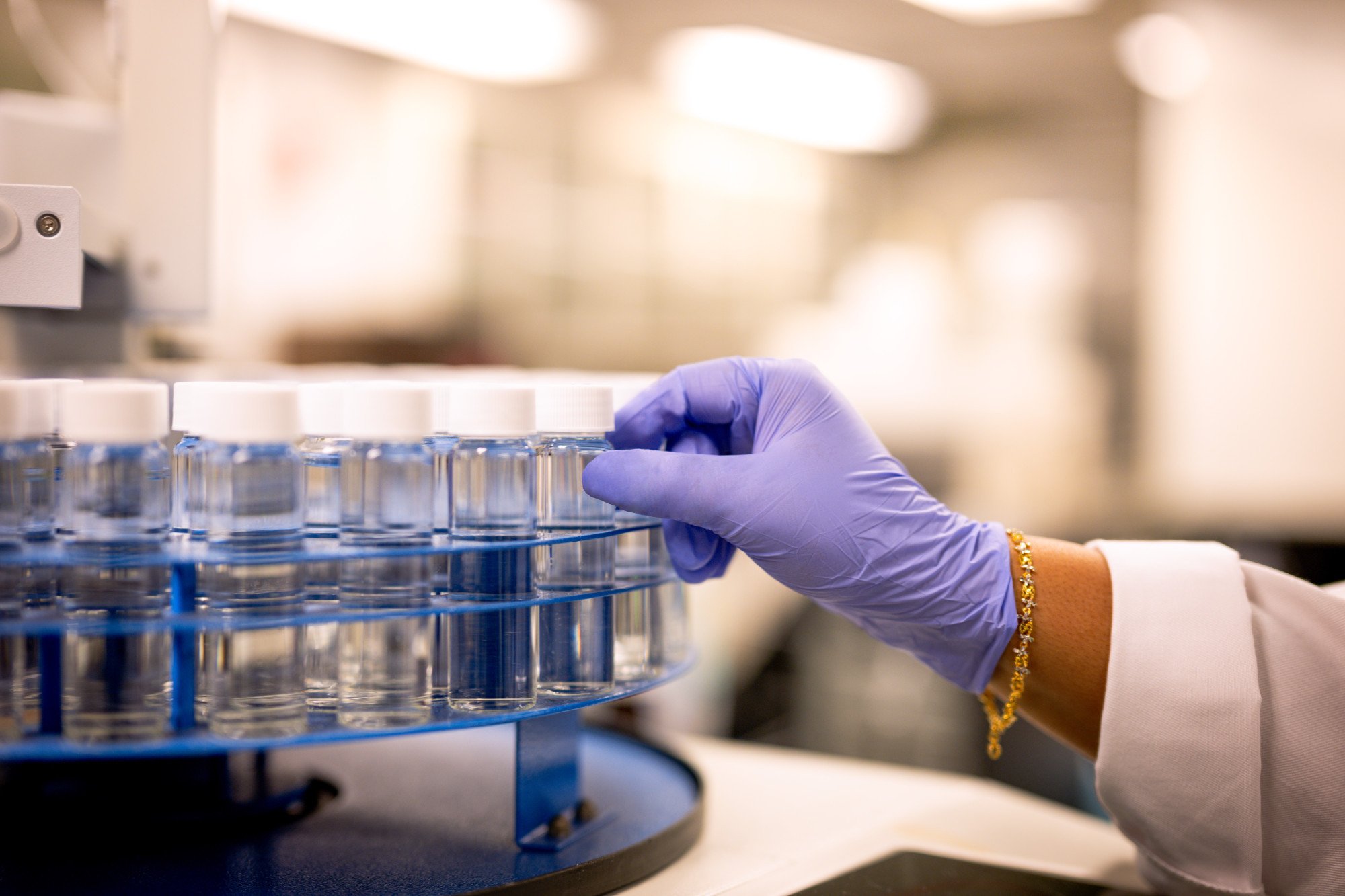Lead in drinking water near United States and Canada
New EPA regulations shed light on potential lead exposure.

How does lead get into the water supply?
Lead can enter drinking water when plumbing materials that contain lead corrode. The most common sources of lead in drinking water are lead pipes, faucets and fixtures. Lead pipes are more likely to be found in the water lines of older cities and homes built before 1986.
You may have recently received a letter about lead in your local water supply, raising concerns about longterm exposure. The letters were sent as part of a new rule from the Environmental Protection Agency (EPA) requiring municipalities to inventory their water service lines and notify customers of known or potential lines containing lead. The EPA is also requiring lead pipes nationwide be replaced within 10 years.
What are the health effects of lead exposure?
The EPA has set the maximum contaminant level for lead in drinking water at zero because lead is a toxic metal that can be harmful to human health even at low exposure levels. Lead is persistent, and it can bioaccumulate in the body over time.
Young children, infants and fetuses are particularly vulnerable to lead because the physical and behavioral effects of lead occur at lower exposure levels in children than in adults. A dose of lead that would have little effect on an adult can have a significant effect on a child. In children, low levels of exposure have been linked to:
- Damage to the central and peripheral nervous system
- Learning disabilities
- Shorter stature
- Impaired hearing
- Impaired formation and function of blood cells


Lead solutions from Culligan
The Culligan® Aquasential® Reverse Osmosis Water System can reduce lead as well as 90 other contaminants, such as PFAS, nitrates, arsenic and pharmaceuticals. Your current Culligan system can be retrofitted to accommodate the new equipment to eliminate lead. We work with third-party organizations to certify our filtration products meet industry requirements (NSF/ASNI standard) set by the WQA.
Culligan’s bottled water delivery also ensures safer drinking water for you and your family. Culligan's bottled water is tested regularly to meet or exceed EPA standards. We are also members of the Water Quality Association (WQA) and International Bottled Water Association (IBWA), ensuring high quality and safety for consumers.
Water testing from Culligan
Lead is invisible, odorless and tasteless, so the only way to confirm it is present in your water is through a professional water test. Your local Culligan expert will come to your home and collect water samples that will then be sent to Culligan’s EPA-certified lab. You can expect results in as little as 10 days. Based on the results, your local Culligan expert can recommend the right lead water treatment solution for you. Get peace of mind with a professional water test from Culligan.

Worried about lead in your water?
Request a professional water test from Culligan.
Get results in under two weeks.

